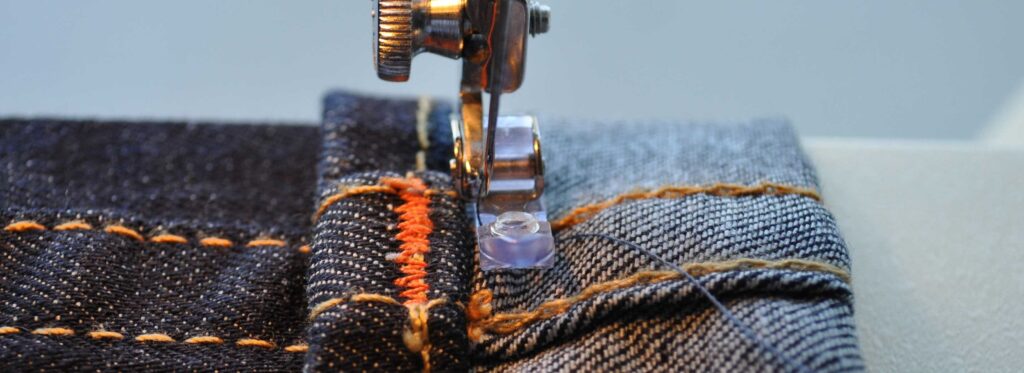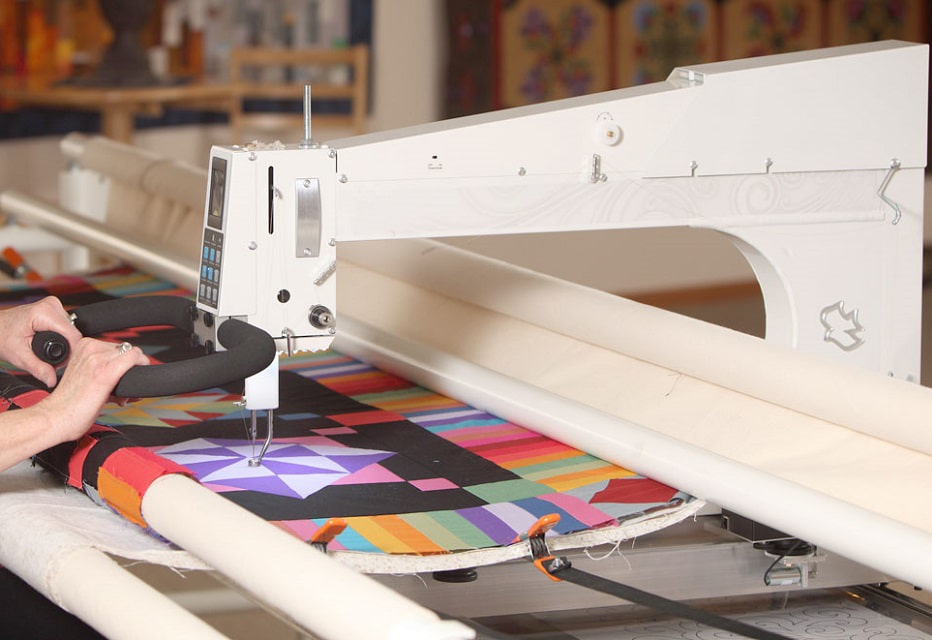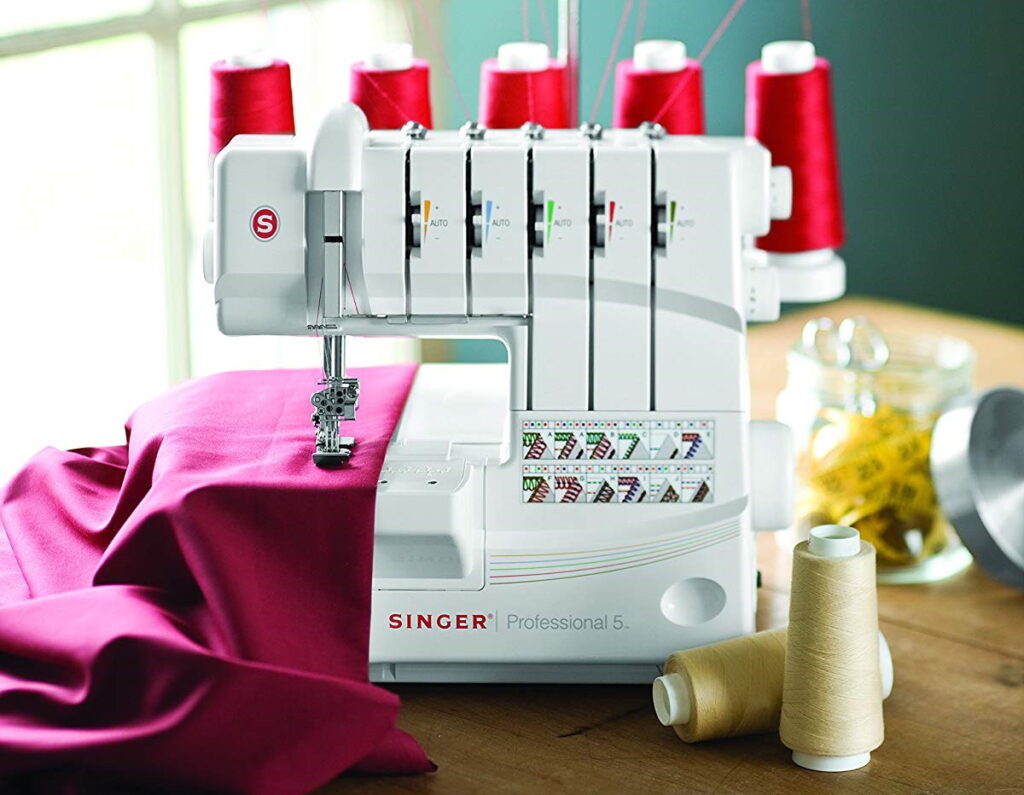In recent times, especially with most people trapped indoors, there has been a boom in the popularity of handcrafts, especially those that involve clothes and needles. Embroidery is one of the best hobbies anyone can pick up. It is good for the brain and is considered to be therapeutic. There are several styles and ways of embroidery. Some of these include cross stitching, needlepoint, plastic canvas, and so on. In this post, we compare needlepoint vs cross stitch.
Both styles are rather common in embroidery work Trusted Source Embroidery - Wikipedia Embroidery is the craft of decorating fabric or other materials using a needle to apply thread or yarn. Embroidery may also incorporate other materials such as pearls, beads, quills, and sequins. en.wikipedia.org . They have been around for a long time and are still being used today. Which of them is best for you?
We will see what these two styles are, how to do them, the advantages and disadvantages, and much more. At the end of this post, you will have enough information that can help you to decide which of these styles is best suited for you.
This form of stitching is just as the name implies. It is a stitching pattern where you create crosses or ‘X’. To do it correctly, you need to draw up a column or more of the fabric before you can begin sewing.
After drawing up the column, then you pierce the top right corner of the column with the threaded needle. You then pull that needle up and insert it into the bottom left corner of the first square of the column.
Then you insert the needle through the top left corner of the cross you’ve made and pass the thread to the bottom right corner.
It is a pretty simple process.
One of the most interesting things about this type of stitching is that it can be used with so many types of fabrics. You can use it, not only on canvas, but also on other materials like cotton, linen, muslin, and finer materials.
With this style, there is no need to get a separate material for practicing – you can do it with whatever material you have on hand.
Another benefit here is that it can help to improve visual performance and brain functioning. Why? Well, it requires that you calculate and keep track of every direction. Before you pierce anything, you must first observe each pattern before inserting the needle into the next corner.
When you do this often, you will improve brain function and eyesight. It improves hand-eye coordination.
Due to the way the stitches are made, the designs that you get are not seamless and often look pixelated. If you are not a fan of such designs, then you might not enjoy this style.
Although it is relatively simple, several other types of stitching are easier to do. Needlepoint, for example, is much easier and straightforward. If you are a beginner, it will take some time for you to master the cross pattern and corners.
It is a very versatile option that can be used with a variety of fabrics. You can use it on canvas, muslin, cotton, and other fabrics.
In this style, most of it is done with stranded cotton or silk. The fabric as well is woven quite tightly and the thread is thin. You can find up to 100 colors of threads in the Caydo hand embroidery set embroider which is highly recommended by reviews.
As the name implies, most of the stitches here are done in the shape of an X. Cross stitch has just a pair of variations. The back and partial styles are quite restrictive.
The next style we consider is needlepoint. What is it? What are the advantages and disadvantages? We bare all in this section.
Needlepoint, also known as canvas work, is defined as a pattern of embroidery work that is carried out on clothes and created by closely stitching the thread. With this stitch pattern, you can create a variety of images of different sizes and with delicate details on the material.
Needlepoint is regarded as one of the simplest forms of embroidery. However, it is very artful and when done right, can create breathtaking and elegant designs. There are more than 150 variations of this type of embroidery.
Out of these 150, three stand out. These are the tent weave, basket weave, and continental weave. Overall, you will likely find these very easy to do. They come with a system that is quite easy to learn. Furthermore, if you master one, you can easily work using other weaves because all of them follow the same principle of covering the tiniest squares.
The square each has four holes and you work using these holes. The square that you insert it to is dependent on the stitch pattern you are currently following.
So elegant are the results from this type of embroidery that many folks mistake it for tapestry. However, there are important differences. For one, two different weaves are used for canvas mesh while tapestry is formed on vertical looms.
Interestingly, it is possible for you to needlepoint a cross stitch pattern on the canvas. However, it is not very easy. You need to look out for the patterns that only do whole stitches. Also, you need to watch out that the pattern has as little backstitching as possible.
There are several advantages to canvas work. Here are some of the biggest benefits:
With this type of stitching, you have the opportunity to express your creativity. You can create almost any design that you conceive using this style. This is because of the little units that are needed to carry out the style. When you do this style with thick materials like wool, you can create and input as many designs as you desire.
With the numerous colors available and the strength of the fabric, you can make some stunning designs.
Another advantage is that you have so many stitches to work with. The easiest method in needlepoint is the tent stitch. And even that can be made into different styles. Some of the variations that you find here include the basket weave, continental weave, and half cross weave.
All these follow the same strategy and are easy to execute.
There are also drawbacks to this style. Here are some of the cons:
While you can create so many designs and use various colors, a drawback is that this stitching is only done on canvas. While you might try it out on other material, the result isn’t as pleasing as on canvas.
Canvas is the best material because it comes with bigger holes than other fabrics like cotton. Therefore, you will have an easier time bringing out the needle and it is more comfortable to finish off rows on canvas.
In most cases, the canvas is the preferred material or fabric used.
For needlepoint stitching, you can use a wide variety of threads. Some of the threads that can be used include ribbon, wool, silk, cotton floss, stranded silk, metallic threads, thread combos, and more.
When doing needlepoint, the stitch used is the half-the-cross stitch. In this method, the style is done from the right to the left.
Additionally, in terms of variation, you get more from needlepoint than cross stitch. You can do plenty of styles in needlepoint like Gobelin, Parisian, mosaic, continental.
This excellent Caydo embroidery set is highly recommended by reviews and can help you start making the designs you want.
There are several differences between these two styles. Here is a table that shows some basic differences.
| Needlepoint | Cross stitch | |
| Look | Seamless | Pixelated |
| Ease of learning | Very easy | Steeper learning curve |
| Where you can use it | Canvas only | Canvas, muslin, cotton, linen |
If you are looking to start sewing as soon as possible, then needlepoint is the one for you. It is simpler and easier to learn. Cross stitch, on the other hand, is more difficult to learn.
The one you should learn first ultimately depends on what you want to create and the style that you have an affinity for.
If you have an embroidery machine, you likely don’t have to worry about learning the specifics as it can help you to sew. Check out this post to see how to embroider with a sewing machine.
Which of these two styles is best for you? Well, both of them have their merits and have proved to be excellent for all designers. If you have a talent for creating designs and making garments you can easily learn either of the styles and use them in creating your designs.
Cross stitches are excellent at giving you pixelated looks. On the other hand, the needlepoint offers you a unique effect on the canvas. If that is what you want, the needlepoint is just right for you.
So, which is better in this needlepoint vs cross stitch argument? Well, the answer depends on you. Needlepoint allows you to create seamless patterns while the other gives a more pixelated design.
With needlepoint, you can only work on canvas fabrics or similar materials. On the other hand, cross stitches can be used on almost any type of material. Hence, the choice of which is better depends on what you desire.





